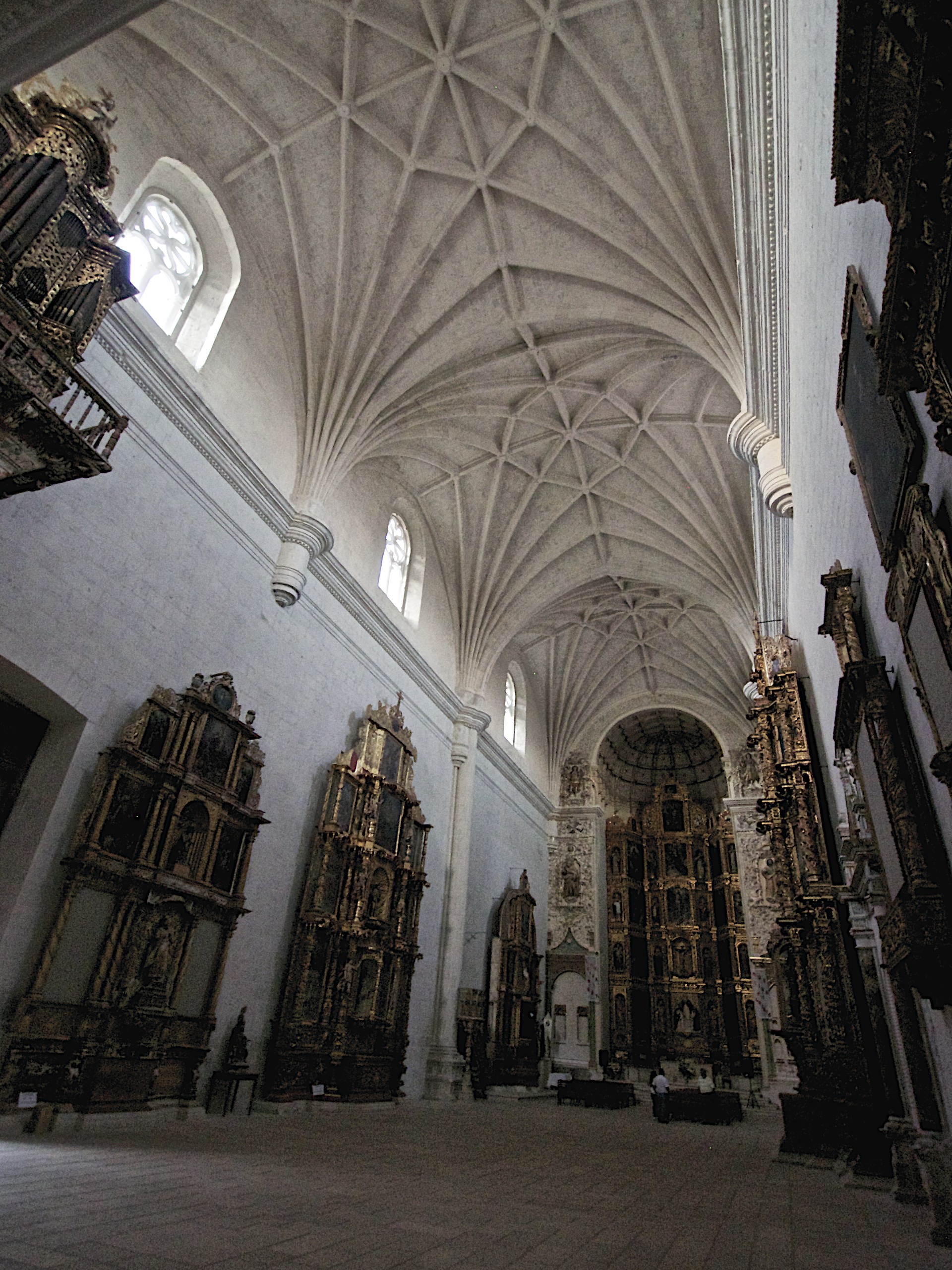Mixtec Stonecutting Artistry
Recipient of the PHILIP JOHNSON EXHIBITION CATALOGUE AWARD by the Society of Architectural Historians 2017
BEST PUBLICATION AWARD, XX Pan-american Architecture Biennale of Quito 2016
Category: Theory, History and Criticism
recipient of the medal to best publication in the 14th national and international biennale of mexico 2016
recipient of the medal to best publication of Mexico city's architecture biennale 2015
recipient of the University of texas / coop. Excellence creative research award 2014
Associate Professor of Architecture, University of Texas at Austin
Mixtec Stonecutting Artistry focuses on three churches covered by complex late-Gothic ribbed vaults constructed during the sixteenth century in the Mixteca region of southern Mexico. The churches are: San Pedro y San Pablo Teposcolula, Santo Domingo Yanhuitlán and San Juan Bautista Coixtllahuaca. The premise of this work is to highlight the significance of the indigenous interpretation of occidental building construction principles, which resulted in the practical construction of ribbed vaults. The work scrutinizes building techniques under the light of stereotomy (the science of cutting solids). The drawings and models illustrating this work provide an analysis of the solutions used for the vaults’ construction. The objective is to position these buildings in the global context of construction history while reflecting on the transmission of building technology from Europe to Mexico
Digital Animation San Juan Bautista Coixtlahuaca
These buildings, of exceptional construction quality, emerged as the result of the need to accommodate those thousands who were converting to Christianity. In this complex process of change the integration of European building technology with indigenous artisanship produced new architectural models. Each of the churches studied in this work are colossal monuments that testify to the profound social transformations that occurred in the Mixteca region. In order to achieve these complex structures the master builders used the most advanced technology of their time. The vaults of these churches are geometrically elegant and they are among the very few on this continent using this construction system with the rigor of European Gothic buildings. George Kubler (1948) and John Mc Andrew (1965) have stated that these buildings are the most complex stone structures in the Americas of the sixteenth century. Even so, the principles and processes underlying their design and construction have never been systematically examined.
Digital Animation Santo Domingo Yanhuitlan
By examining these churches in the context of stereotomy we find that historically most investigations of vault construction, such as those by E. Viollet-Le-duc (1868) and Jacques Heyman(1999), have centered their attention on the vaults of the magnificent churches and cathedrals of Europe. The relevance of this study relies on the examination of the Mixtec vaults from the perspective of stonework practice revealing for the first time a critical understanding of how they were designed and built. Although similar to some vaults found in Spain (widely studied by scholars from Madrid such as Jose Carlos Palacios and Enrique Rabasa) the findings of this research demonstrate that the Mixtecan vaults embody distinctive features rendering them unique.
Digital Animation San Pedro y San Pablo Teposcolula
The methodology presented in this work combines sixteenth-century manuscripts of Spanish master builders such as Alonso de Vandelvira (1580) and Hernan Ruiz (1560) along with cutting edge digital documentation technologies based on laser scanning. This methodology demonstrates an innovative approach as it tests new forms to understand ancient masonry building techniques that reflect on the existing connections between current technology and historic sources of information. The drawings to be displayed in this document rely on the extensive 3D laser scanning documentation. This precise documentation method has provided precise digital models capable of capturing a large amount of the vaults’ details including the constructive solutions and the geometry of important stone elements. The information provided by digital models has undergone a process of purification and consolidation through the manipulation resultimg in graphic information that has been translated into this attractive collection of images and drawings.
Location map
About
Find out about the history these amazing structures built during the sixteenth century in Mexico .
Cutting Edge technology
Check out the methodology used to develop this research work. Learn more about 3D scanning and 3D printing
All photography by Benjamin Ibarra Sevilla




